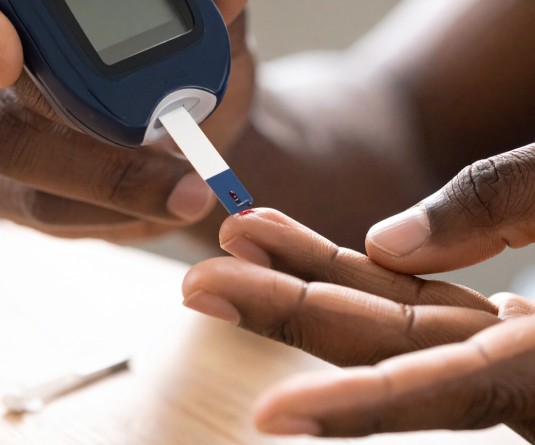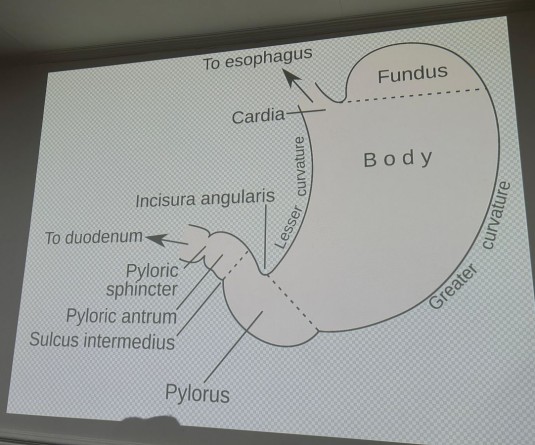IANS Photo

Hyderabad, October 29 (IANS) In the ever-evolving landscape of global health, stroke continues to cast a long shadow, affecting millions of lives each year.
With the predicted 12 million stroke-related deaths and 60 million stroke survivors worldwide by 2030, it's evident that understanding the nuances of stroke incidence, risk factors, and recovery is of utmost importance.
Stroke Incidence on the Rise Stroke, the fourth leading cause of death in India, poses a significant health challenge. Despite this, data on the long-term outcomes of stroke patients in India are relatively scarce.
In a 'Five-Year Retrospective Cohort Study of survivability and functional outcomes of stroke patients following hospital admission' involving 118 patients, researchers noted that hypertension was the predominant risk factor among admitted patients.
Hypertension, diabetes mellitus, and tobacco use were enumerated as common risk factors in an Indo-US collaborative stroke project conducted across five high-volume academic tertiary hospitals in India.
Vascular imaging conducted at the time of admission showed a startling fact -- approximately half of the patients exhibited over 50 per cent stenosis of intracranial arteries, confirming a high rate of intracranial atherosclerosis. Among the patients, 38.1 per cent were diagnosed with ischemic stroke, while 61.8 per cent were diagnosed with hemorrhagic stroke.
The mean age of stroke incidence was approximately 58.3 years, with a majority of patients being men. Incidence among women was notably lower than in Western and Chinese populations. Long-Term Recovery Patterns Stroke's impact doesn't end with its initial occurrence.
Long-term recovery patterns play a crucial role in the lives of survivors. A study from Korea focused on survivors of 'first-time stroke' found that recovery patterns in multifaceted functional domains differed based on patient age, stroke severity, and stroke type.
Functional recovery plateaued between 12 and 18 months after stroke but declined after 30 months. Around 30.5 per cent of patients died in the hospital within zero to four weeks after the initial event, with an additional 27.1 per cent passing away during the five-year follow-up period. Furthermore, 21.1 per cent of patients experienced a recurrent stroke that proved to be fatal.
Approximately 32.4 per cent of survivors reported a significant decrease in their quality of life, but on a positive note, 40.5 per cent were fully independent, and 45.9 per cent were able to return to their occupation after five years post-stroke.
A small percentage of survivors experienced severe depression. Strategies for Prevention and Long-Term Survival Given the multifaceted nature of stroke's impact on functional deficits, it is essential to understand the long-term recovery patterns in various domains to improve prognosis and therapeutic strategies. The data indicates that effective strategies for secondary prevention and long-term survival after stroke should be initiated as early as possible after the onset of the initial stroke.
Stroke survivors should be closely monitored for their functional recovery and behavioral and emotional improvement post-stroke.
In light of the growing global concern surrounding stroke, it is evident that a multi-faceted approach involving awareness, risk factor management, and long-term recovery support is needed to combat the far-reaching effects of this condition.
Stroke is a complex and multi-dimensional challenge, and addressing it requires a comprehensive and collaborative effort across the medical community and society at large. (The author is the founder chairman of Ucchvas Transitional Care, Hyderabad)





